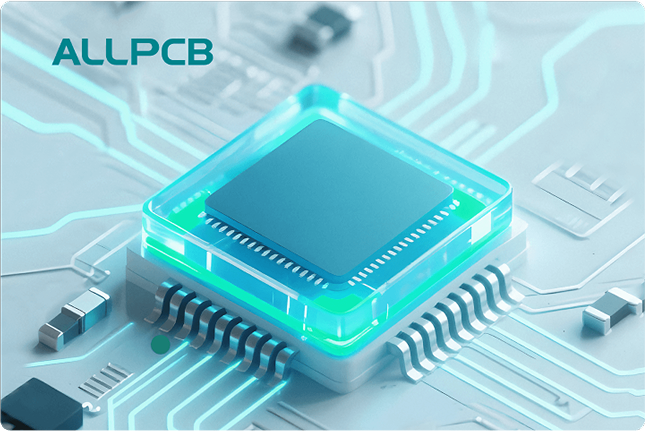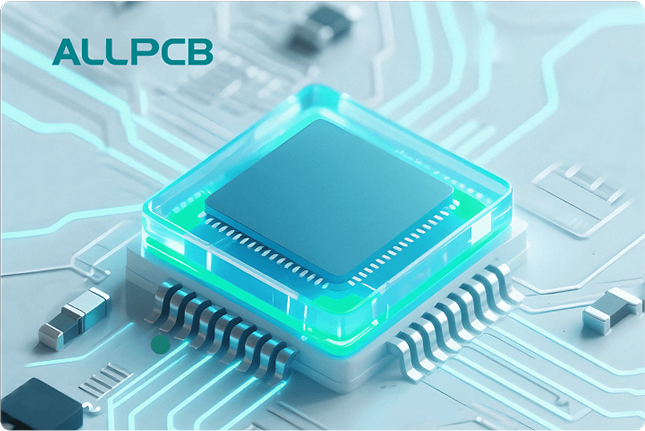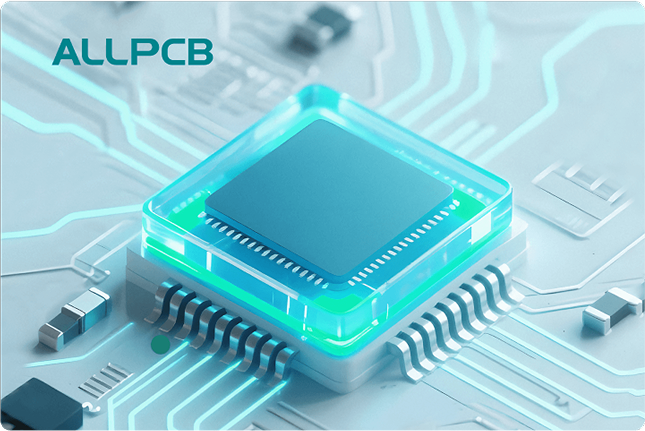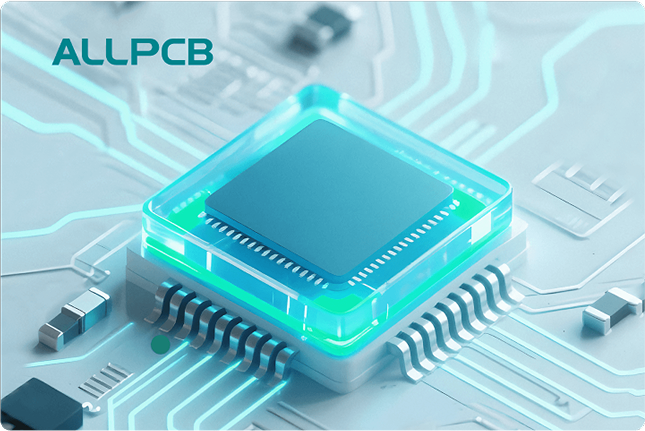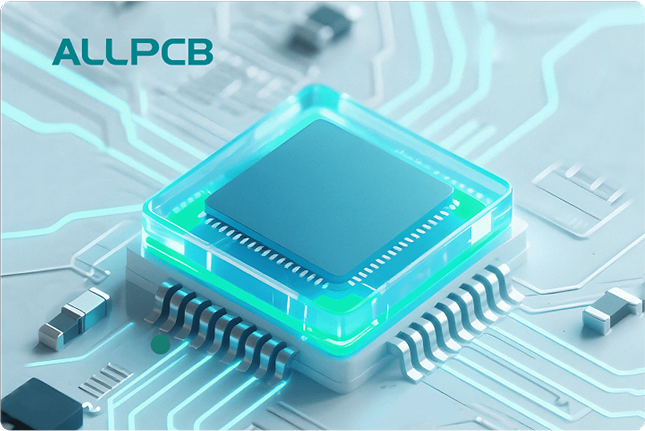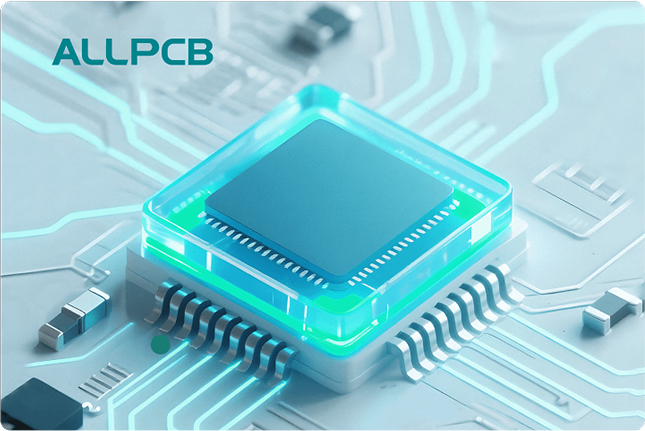If you're looking to achieve reliable and efficient soldering for through-hole components in PCB assembly, wave soldering is a proven technique widely used in mass production. This blog post dives deep into the best practices and techniques for wave soldering through-hole components, including tips for pin-in-hole applications, defect prevention, and optimal design considerations. Whether you're an engineer or a manufacturer, you'll find actionable insights to enhance your PCB assembly process.
What is Wave Soldering for Through-Hole Components?
Wave soldering is a bulk soldering process primarily used for attaching through-hole components to printed circuit boards (PCBs). In this method, a PCB is passed over a wave of molten solder, which wets the exposed metal leads of components and forms strong, reliable joints. This technique is ideal for high-volume production as it automates the soldering process, ensuring consistent results across thousands of boards.
Through-hole components, unlike surface-mount devices, have leads that pass through holes in the PCB and are soldered on the opposite side. Wave soldering is particularly effective for these components because it can handle multiple connections simultaneously, reducing assembly time. However, to achieve the best results, understanding the process, equipment, and design rules is crucial.
The Wave Soldering Process: Step-by-Step
Wave soldering involves several key steps to ensure proper adhesion of through-hole components to the PCB. Here's a breakdown of the process:
- Flux Application: The PCB is first coated with flux, a chemical agent that cleans the metal surfaces by removing oxides and contaminants. This ensures better solder wetting. Flux can be applied via spraying, foaming, or brushing.
- Preheating: The board is preheated to a temperature typically between 100°C and 150°C. Preheating activates the flux, reduces thermal shock to components, and prepares the board for soldering.
- Solder Wave Contact: The PCB passes over a wave of molten solder, usually at a temperature of 250°C to 260°C for lead-free solder. The wave contacts the bottom of the board, soldering the component leads to the pads.
- Cooling: After soldering, the board is cooled to solidify the solder joints. This step is critical to prevent defects like cold solder joints or component movement.
Each step must be carefully controlled to avoid issues. For instance, insufficient preheating can lead to poor solder flow, while excessive solder wave temperature can damage components.
Best Practices for Wave Soldering Through-Hole Components
To achieve high-quality results with wave soldering, follow these best practices tailored for through-hole components:
1. Optimize Flux Application
Flux is the foundation of a good solder joint. Use a no-clean or water-soluble flux compatible with your solder type. Ensure even application to avoid areas with insufficient flux, which can cause poor wetting. Over-application, however, can lead to residue buildup, so balance is key. Test flux coverage by inspecting the board under UV light if using a fluorescent flux.
2. Control Preheating Temperatures
Preheating should gradually bring the PCB to the desired temperature. A rate of 2°C to 4°C per second is recommended to avoid thermal shock. Monitor the temperature with a thermal profiler to ensure consistency across the board, especially for larger or denser assemblies.
3. Adjust Conveyor Speed and Wave Height
The speed at which the PCB travels over the solder wave affects the quality of the joints. A typical conveyor speed is between 1.0 and 1.5 meters per minute, though this varies based on board size and component density. Similarly, the wave height should be set to just touch the bottom of the PCB—usually 2 to 3 mm of immersion—to prevent flooding components on the top side.
4. Use the Right Solder Alloy
For lead-free soldering, SAC305 (Sn96.5Ag3.0Cu0.5) is a common alloy with a melting point of around 217°C to 220°C. Ensure the solder pot temperature is maintained at 250°C to 260°C to achieve proper flow. Regularly test the solder bath for contamination, as impurities can cause defects like bridging or insufficient fill.
Wave Soldering Pin-in-Hole: Special Considerations
Wave soldering pin-in-hole (also known as through-hole reflow in some contexts) requires extra attention to ensure the solder fills the holes completely without causing defects. Here are key tips for success:
- Hole Size and Lead Fit: The diameter of the hole should be 0.2 to 0.4 mm larger than the component lead to allow proper solder flow. Too tight a fit can prevent solder from wicking up the hole, leading to weak joints.
- Thermal Relief Pads: For larger components or pins connected to ground planes, use thermal relief pads to prevent heat dissipation, which can cause incomplete soldering.
- Component Orientation: Orient components to minimize shadowing effects during wave soldering. For example, place taller components downstream of shorter ones to ensure the solder wave reaches all leads.
By focusing on these design and process factors, you can achieve consistent pin-in-hole soldering with minimal defects.
Common Wave Soldering Through-Hole Defects and How to Prevent Them
Even with the best setup, defects can occur during wave soldering of through-hole components. Below are the most common issues and solutions to address them:
1. Insufficient Fill
This occurs when solder does not completely fill the through-hole, leaving a weak joint. Causes include inadequate flux, low solder temperature, or fast conveyor speed. To fix this, ensure the solder bath is at the correct temperature (250°C to 260°C for lead-free), slow down the conveyor, and verify flux coverage.
2. Solder Bridging
Bridging happens when solder connects adjacent pins or pads, causing shorts. This is often due to excessive solder wave height or poor pad spacing. Adjust the wave height to minimal immersion and ensure pad-to-pad spacing is at least 2.54 mm for through-hole components.
3. Cold Solder Joints
Cold joints appear dull and grainy, indicating poor bonding. They result from insufficient heat or rapid cooling. Increase preheating time and ensure the cooling zone allows gradual temperature reduction at a rate of 2°C to 3°C per second.
4. Solder Balls or Splashes
Small solder balls on the PCB surface are caused by excessive flux or high wave turbulence. Reduce flux application and adjust the wave pump speed to create a smoother wave profile.
Wave Soldering Through-Hole Design Tips for Optimal Results
Good PCB design is just as important as process control in wave soldering. Here are essential design considerations to minimize defects and improve manufacturability:
1. Pad and Hole Sizing
Design annular rings (the copper area around the hole) with a minimum width of 0.25 mm to ensure sufficient solderable area. Hole diameters should be 0.2 to 0.4 mm larger than the lead diameter for proper capillary action during soldering.
2. Component Spacing
Maintain a minimum spacing of 2 mm between through-hole components to prevent solder bridging and allow for proper wave contact. For components with multiple pins, ensure pin pitch is at least 2.54 mm.
3. Board Layout for Wave Direction
Arrange components so that the wave soldering direction minimizes shadowing. Place connectors and larger components at the trailing edge of the board to ensure smaller components are soldered first.
4. Use of Solder Masks
Apply a solder mask to protect areas not intended for soldering. This prevents solder from adhering to unintended spots and reduces the risk of shorts, especially in dense designs.
By incorporating these design principles, you can significantly reduce the likelihood of wave soldering through-hole defects and improve overall assembly quality.
Equipment and Maintenance for Wave Soldering
The quality of wave soldering also depends on the equipment used and its maintenance. Here are some tips to keep your process running smoothly:
- Regular Solder Bath Analysis: Test the solder bath weekly for contamination. Impurities like copper or iron can degrade solder quality, leading to defects. Maintain tin levels above 95% for lead-free alloys.
- Wave Pump Calibration: Ensure the wave pump operates at a consistent speed to create a stable solder wave. A turbulent wave can cause solder splashes or uneven joints.
- Cleaning Flux Residue: Clean flux applicators and preheat zones regularly to prevent buildup, which can affect performance. Use appropriate solvents for no-clean or water-soluble fluxes.
Investing time in equipment upkeep can save significant costs by reducing defects and downtime in production.
Advantages and Limitations of Wave Soldering for Through-Hole Components
Wave soldering offers several benefits for through-hole PCB assembly, but it also has limitations to consider:
Advantages
- High Throughput: Ideal for mass production, wave soldering can process hundreds of boards per hour.
- Cost-Effective: Reduces labor costs compared to manual soldering for through-hole components.
- Consistent Quality: Automated process ensures uniform solder joints when parameters are optimized.
Limitations
- Not Suitable for Mixed Assemblies: Wave soldering struggles with boards having both through-hole and surface-mount components on the bottom side, as the wave can dislodge smaller parts.
- Thermal Stress: High temperatures can stress sensitive components if preheating is not controlled.
- Design Constraints: Requires specific layouts to avoid shadowing and ensure proper solder flow.
Understanding these trade-offs helps in deciding whether wave soldering is the right choice for your project or if alternatives like selective soldering should be considered.
Conclusion: Mastering Wave Soldering for Through-Hole Components
Wave soldering remains a cornerstone of PCB assembly for through-hole components, offering speed and reliability in high-volume production. By following the best practices and techniques outlined in this guide—such as optimizing flux application, controlling process parameters, preventing common defects, and adhering to design rules—you can achieve consistent, high-quality results. Whether you're focusing on wave soldering pin-in-hole applications or tackling complex through-hole designs, attention to detail in both process and preparation is key.
Implementing these strategies not only minimizes wave soldering through-hole defects but also enhances the overall efficiency of your manufacturing process. With the right approach, wave soldering can be a powerful tool in your PCB assembly toolkit, delivering robust and reliable connections for your electronic products.
 ALLPCB
ALLPCB


